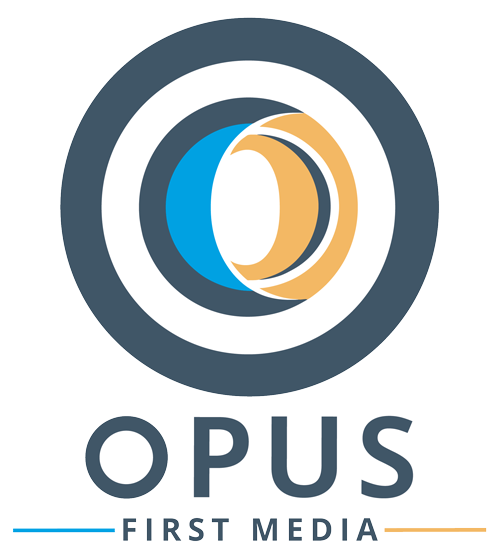Artificial Intelligence (AI) has been part of the daily news agenda for a couple of years now and there are tremendous opportunities for the technology.
ChatGPT, perhaps the most well-known AI tool, has over 400 million weekly active users across the globe. And to give some context about the pace of adoption, ChatGPT was only publicly released on 30 November 2022.
The pace of change within AI is so rapid, the potential applications of the technology so varied, and the legislation, regulations and guidelines so early in their development, that it can be difficult for organisations to know exactly where to start.
STRIKING A BALANCE
Within financial services, we’ve found that it’s all about striking the right balance. Working out how best to use technology innovations, where it is and isn’t appropriate, and, crucially, how it will benefit customers, clients and the companies’ workforce. All the while adhering to relevant rules and regulations and keeping up with the latest developments in the field.
As a specialist invoice financier, we are focusing the role of AI as helping to reduce the administrative burden on staff, allowing them to spend more time doing what they do best, building and managing relationships with clients and delivering a great service.
We want to make it faster and easier to do business with us. If we can use AI to free up some time of our staff, and crucially, that of our customers and clients, then, for the right tasks, AI makes sense. It is not the right tool for every task – and we still have overall oversight on everything that AI does, but we’ve already seen the benefits that this technology can provide.
INTERNAL USE
Crucially, as a business that prides itself on its technology and innovation, we’ve been able to ringfence and build our own AI tools. For example, we’ve created and rolled out our own contract review tool which eliminates the manual effort in reviewing documents. This means that contracts are all reviewed under guidelines that we’ve set. In fact, we are taking AI to another level with the use of OCR (Optical Character Recognition) converting scanned documents into text allowing us to read information and in turn enabling us to have the relevant data at our fingertips.
DATA INTEGRATIONS
To assist our data integrations, we’ve also been able to create a system that automatically pulls relevant data from sources such as Companies House, Credit reference agencies, open banking sources and cloud accounting platforms into once central location. This would historically be a series of tasks which a funder would request is done by its clients and could typically take significant time to complete, but we have automated it.
These are just some, of the numerous use cases we’ve already developed. Not only will these save time, but to reduce the impact and effort required by our valued clients. This also helps remove inefficiencies and make processes and workflows more streamlined.
CUSTOMER JOURNEY
Customers are seeing the benefits of our AI activities. As part of their funding applications, data can now be auto-populated, reducing the amount of time that our customers are stuck filling out forms. This can only be seen as a benefit – and we’ve extended this to our onboarding journey.
Interestingly we’ve also seen a real shift in confidence in dealing with AI recently. The potential for AI is significant.
It allows you to always be available (machines do not sleep), it has in fact been recognised as improving NPS (net promotor scores) by some who have actively deployed it.
Sometimes all clients want is a resolution, as quickly, and with as little interaction as possible. There is still much to be done in this area, but we’ve seen a number of firms heavily invest in AI customer services and we can see why they would.
OUR AI JOURNEY
We strongly believe that we’re using AI and wider technologies can ensure our resources are being deployed in the areas that most need them and that we’re allowing our team to focus on their strengths.
AI has been a huge help, and we know that we’re just scratching the surface. There’s so much more that we can, and want to do with AI, but it’s important that we take it a step at a time. We’ve made it quicker, and easier to do business with for our clients, and for our team we’ve improved their roles, reduced the time spent on repetitive tasks and sped up data entry through automation and gen AI support.
CLEAR ROADMAP
We’ve also got a clear roadmap, and investment from the business. These plans include ensuring that risk assessment and processes are objective, consistent and meet our criteria. This means that we deliver a consistent and common approach to risk management, appetite and processes.
As we capture more information it will also be a major contributor to our future decision making, albeit we still see people being the ultimate decision makers.
When we started to discuss and implement AI there was some initial hesitation and reluctance, and fears that AI could replace people and make roles redundant.
However, from our perspective we’ve been able to clearly demonstrate to our team that AI allows them to spend more time doing what they do best and deliver the invaluable personal touch with our clients and prospects which results in us becoming an extension to their businesses.
We’re very excited to be on the AI journey and believe that we are only limited by our imagination in terms of its potential.
Ant Persse is chief executive of Optimum Finance





